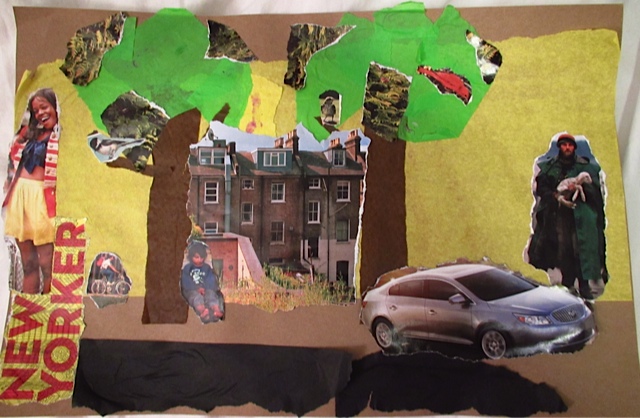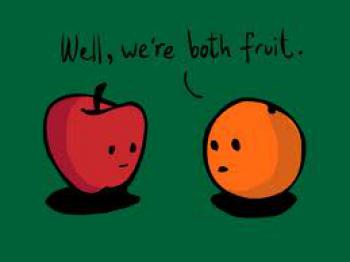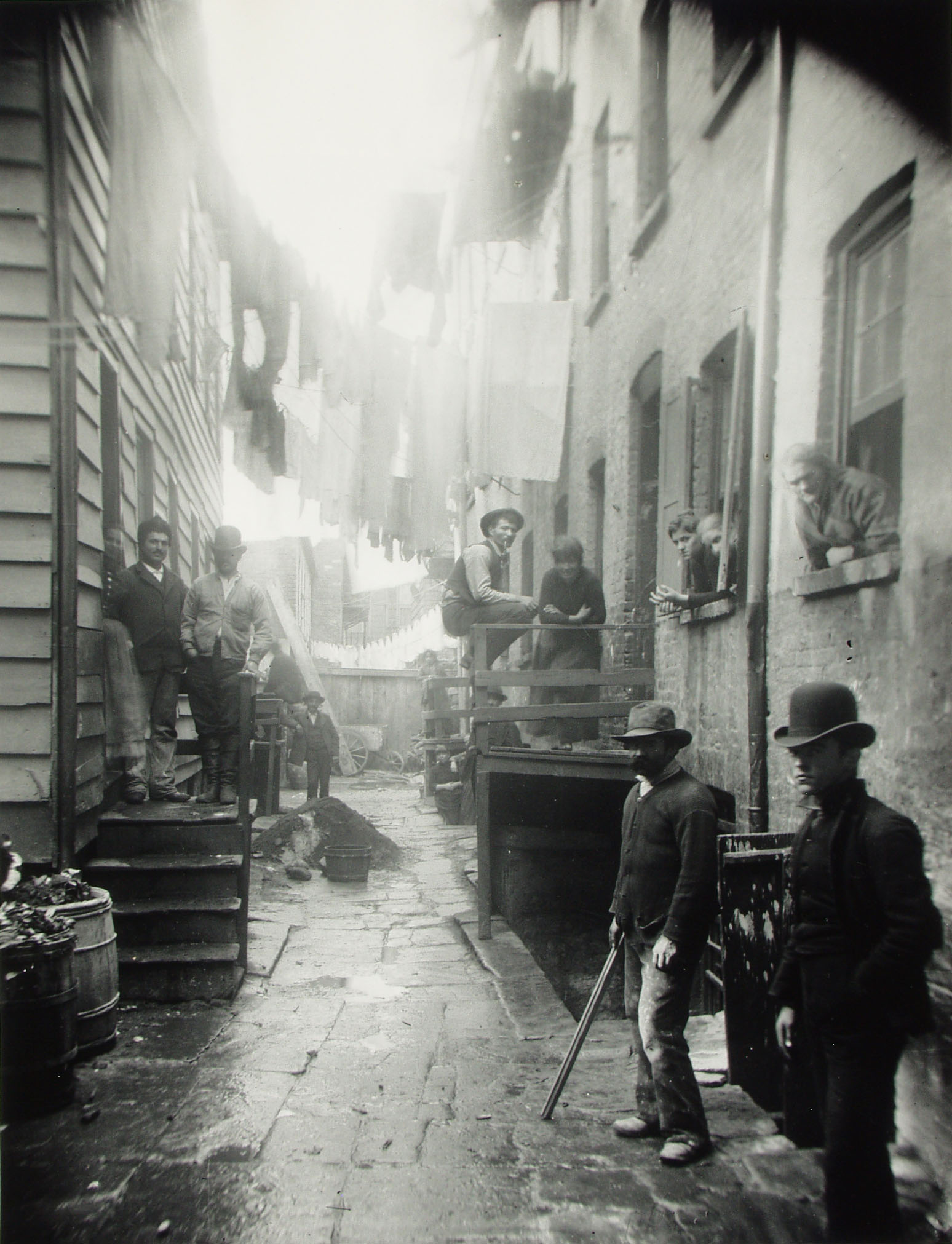Serendip is an independent site partnering with faculty at multiple colleges and universities around the world. Happy exploring!
Blogs

Silence as an Empty Room
As someone who has grown up in a household of artists, I’ve always had a special reverence for people’s creations. Though my mother was highly critical of her own work, there was a general sense that destroying it was in some way not acceptable. I took that to heart. My sisters’ drawings have all been kept. Old storybooks I made have just resurfaced from basement boxes. Our childhood voices are kept alive through this reverence for creation and imagination. It was for this reason that I struggled to understand an experience Maxine Hong Kingston wrote about in her memoir Woman Warrior (1975). For three years as a child, she painted over all of her artwork in black and covered up anything she wrote on the blackboard so that it couldn’t be read or seen. I struggled to understand her motives and also her complacency for what I read as a huge loss. Then I began to think of this action as a form of silence. Tillie Olsen touches on the different types of silences that exist in her essay “Silences” (1962) and these silences can be read into Hong Kingston’s blacking out.

Web Event #4: Close the Gaps
Close the Gaps
Eva’s Man by Gayl Jones chronicles the hectic, fractured life of Eva Medina Canada, whose existence has been tormented by sexual and emotional violence since girlhood. In a haunting, tangible parallel to the chaos of Eva’s experience, the novel’s narrative becomes increasingly more broken as the story progresses – eventually unraveling into a continuous narrative stream with little distinction between memory and reality. Jones’ masterful mirroring of content with form serves to draw readers in and engage them in a psychological state of chaos and confusion, not dissimilar from that of Eva’s emotional turmoil. By creating this twin experience, Jones effectively closes the social gap between readers and the story’s protagonist thus sustaining the ability for a deeper, more generative connection with the novel and its presentation of the female experience.
As a connoisseur of crime-based reality television shows like Dateline and 20/20, it was not difficult to understand what drew me to Eva’s Man. Beyond just the enticing content, however, the novel’s structure allows for readers to truly feel as though they are within the story. My loss of direction and feeling of confusion were productive in that they served to parallel the downward spiral of Eva’s emotional state as witnessed through her hectic story-telling and grim outcome of incarceration. In this way, the act of reading Eva’s Man provided an experience that allowed me to engage more deeply with the content.

Space, Comfort, and Privacy in Correctional Settings
“We also assume (mostly unconsciously) that what is good for the goose (or ourselves) must be good for the gander (“the average person”)” (Toch 5).
Picture Source: The Liberator Magazine


Privacy and Niches in Prisons and Bryn Mawr
I spent my memo thinking a lot about niches and privacy and how the two were connected. One of the things that really inspired that was considering my own niche. Here's the representation I did of it on Friday! (see also my response to Anne's question about interim spaces as niches for an explanation of this particular aspect of my niche).

Today, I feel blessed.
In my memo, I took a look at the prevalence of religious practice/belief in prison and how prisoners are able to use relgious metaphor in order to combat the negative images and perceptions of crime and criminals. 
A Momentary Musing
I came back to my room and could still see the imprints of our bodies on the grass. Though the traces were faint, we still left something behind.

Memo II: "Othering" Offenders
In this essay I explore the consequences of social distancing prisoners and, on the flipside, the consequences that arrive when one wants to, and attempts to, close that distance.


Close Reading of Eva’s Man through the Lens of Wendy Brown
In reading Eva’s Man by Gayl Jones, it is interesting to note the paradox of a writer telling the story of a character marked by silence. Eva often refuses to answer questions asked by many people in her life, and the narration of the story (which is from Eva’s perspective) often switches back and forth in time, leaving the reader often feeling confused and disoriented. However, although we may label Eva’s character as silent/silenced, there are still 177 pages devoted to telling us her thoughts and memories. How do we reconcile thinking about Eva as a silent/silenced character while acknowledging the book gives us an account of many parts of her life? In critically examining Eva’s Man through the lens of Wendy Brown’s work about politicizing trauma, it is at times difficult to hold together Jones’ action of writing the novel and Eva’s action of choosing when to speak or stay silent.

Look at it through a bigger frame.
This is the image I used in my summary. It is a photograph by Jacob Riis, taken in 1890, that I feel exmplifies Howard Zehr's ideas of looking at crime/criminals with a bigger frame in mind. This photos purpose was to show that enviroment was a cause of crime and not biology.





